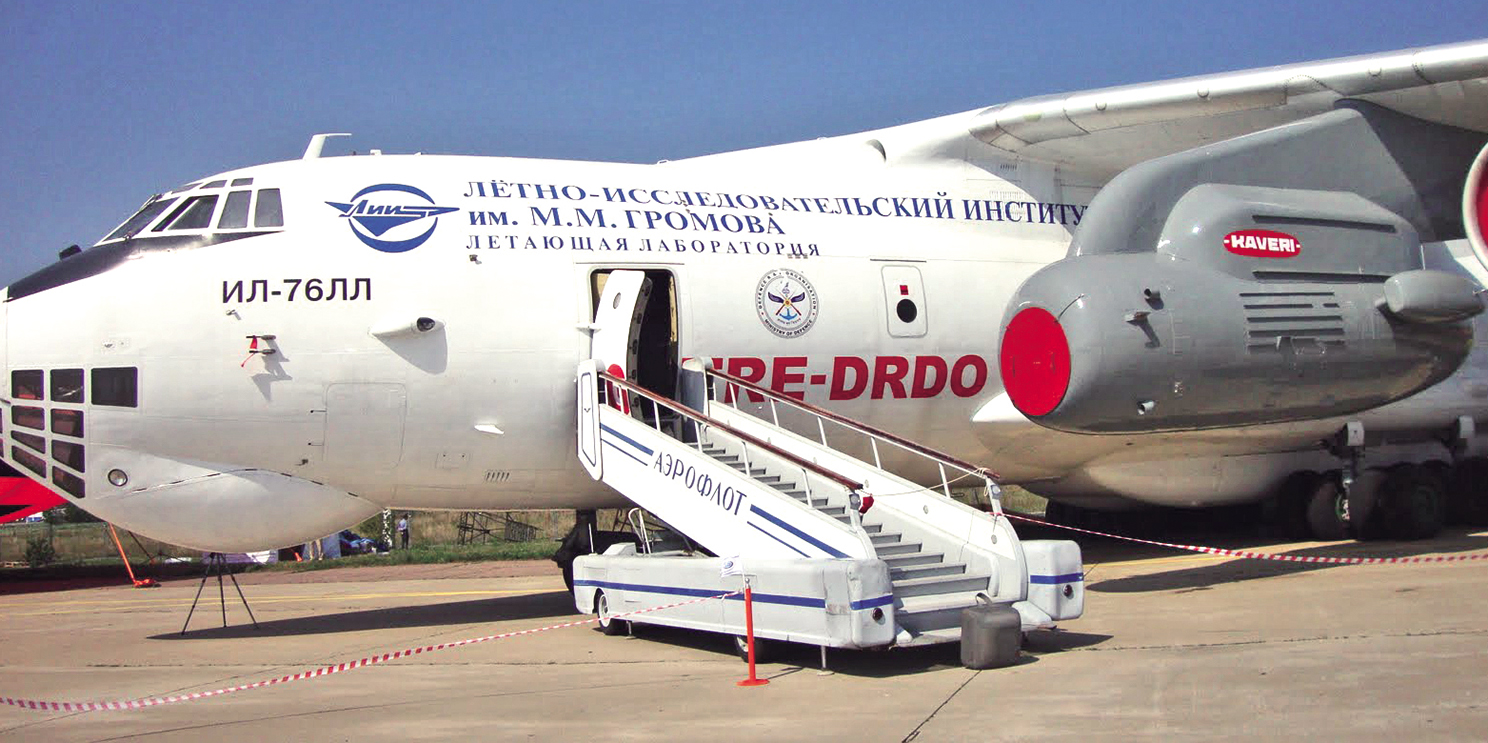SOURCE: RAUNAK KUNDE / NEWS BEAT / IDRW.ORG

The Gas Turbine Research Establishment (GTRE), an esteemed institution under the Defense Research and Development Organisation (DRDO), is on a relentless quest to acquire a flying testbed, preferably in a quadjet configuration. This renewed pursuit comes in light of a potential joint development deal between GTRE and French aerospace giant Safran for new engines co-developed for India’s upcoming 5th generation Advanced Medium Combat Aircraft (AMCA) fighter jet.
The eagerly anticipated agreement between GTRE and Safran is expected to be inked later this year, paving the way for the co-development of a new engine with an impressive thrust class of 110-130kN. The successful partnership would not only accelerate GTRE’s long-pending desire for a flying testbed dedicated to the Kaveri engine program but also provide a platform for testing future variants of the 110-kN engine planned for the AMCA program.
GTRE’s quest for a dedicated flying testbed date back nearly a decade when it sought to acquire a Russian IL-76 Transporter in a quadjet configuration, enabling the swapping and utilization of one engine for testing purposes. However, the recent inquiry on Ex-Air India Boeing 747s, held back by the Government of India and not transferred to Tata Group, proved to be less viable due to their age, being over 30 years old and being considered outdated for modernization.
The potential co-developed engine by Safran-GTRE will undergo testing on the Dassault Rafale Flying Test Bed. However, GTRE remains keen on having its flying testbed for enhanced flexibility and autonomy in its engine development endeavours. The Airbus A340, another quad jet considered as a potential option, also proved limited in availability due to the scarcity of active airframes, with the last aircraft rolled out in 2012.
GTRE’s aspirations go beyond the AMCA program, with plans to develop high-bypass turbofan aircraft engines and turboprop engines as variants of the jet engine being developed in collaboration with Safran. These engines are envisioned to be utilized in other significant programs, including the Regional Transport Aircraft (RTA) program and the Transport Aircraft Program for the Indian Air Force (IAF).
The acquisition of a flying testbed holds paramount importance in advancing India’s indigenous engine development capabilities. A dedicated flying testbed provides a unique opportunity to conduct comprehensive and controlled testing, ensuring the engines meet rigorous performance standards before being integrated into operational aircraft.
NOTE : Article cannot be reproduced without written permission of idrw.org in any form even for YouTube Videos to avoid Copy right strikes